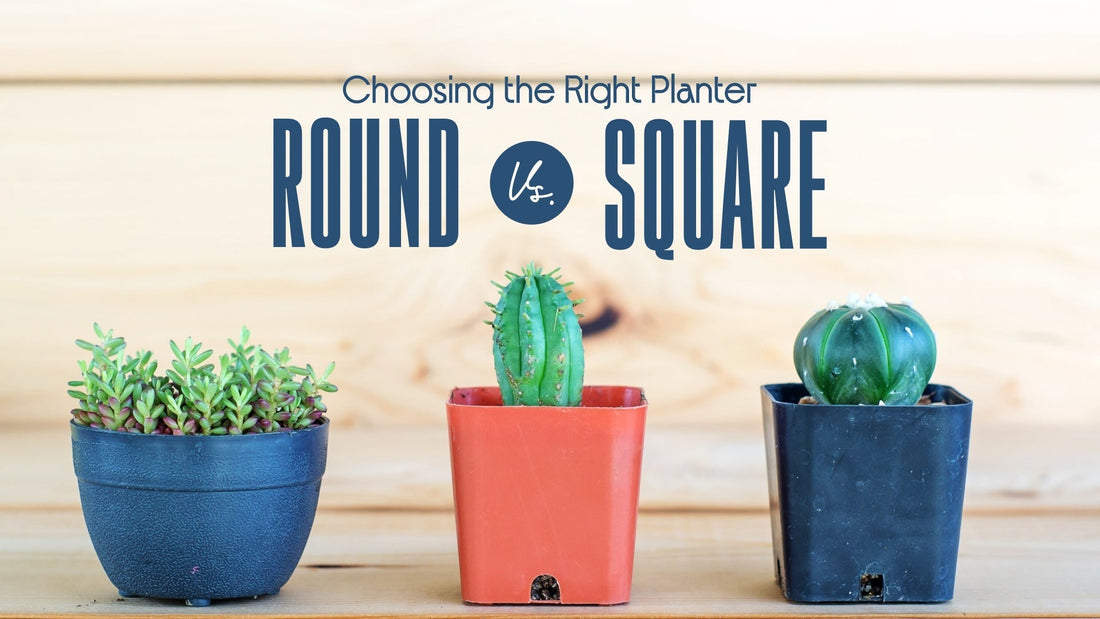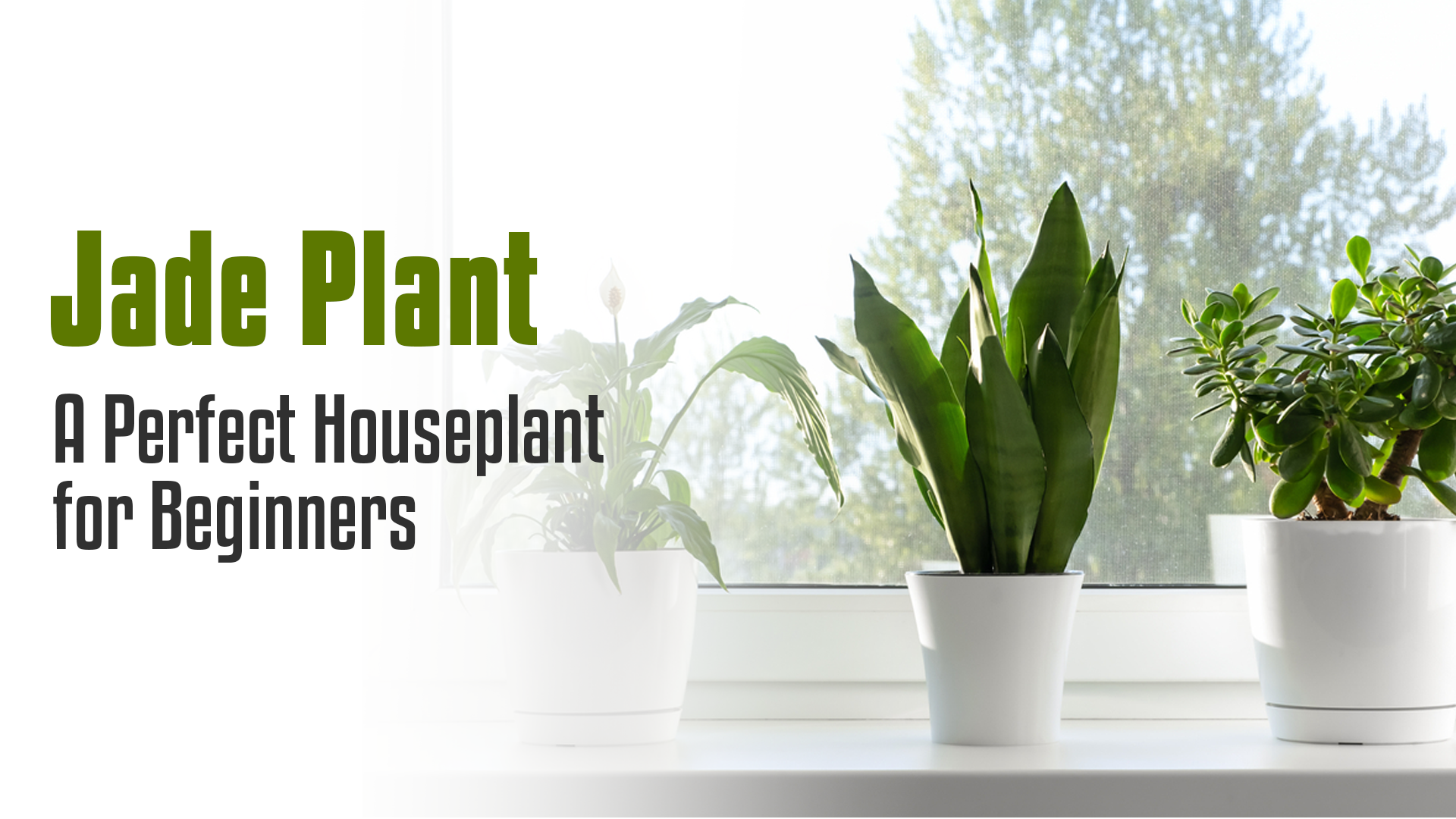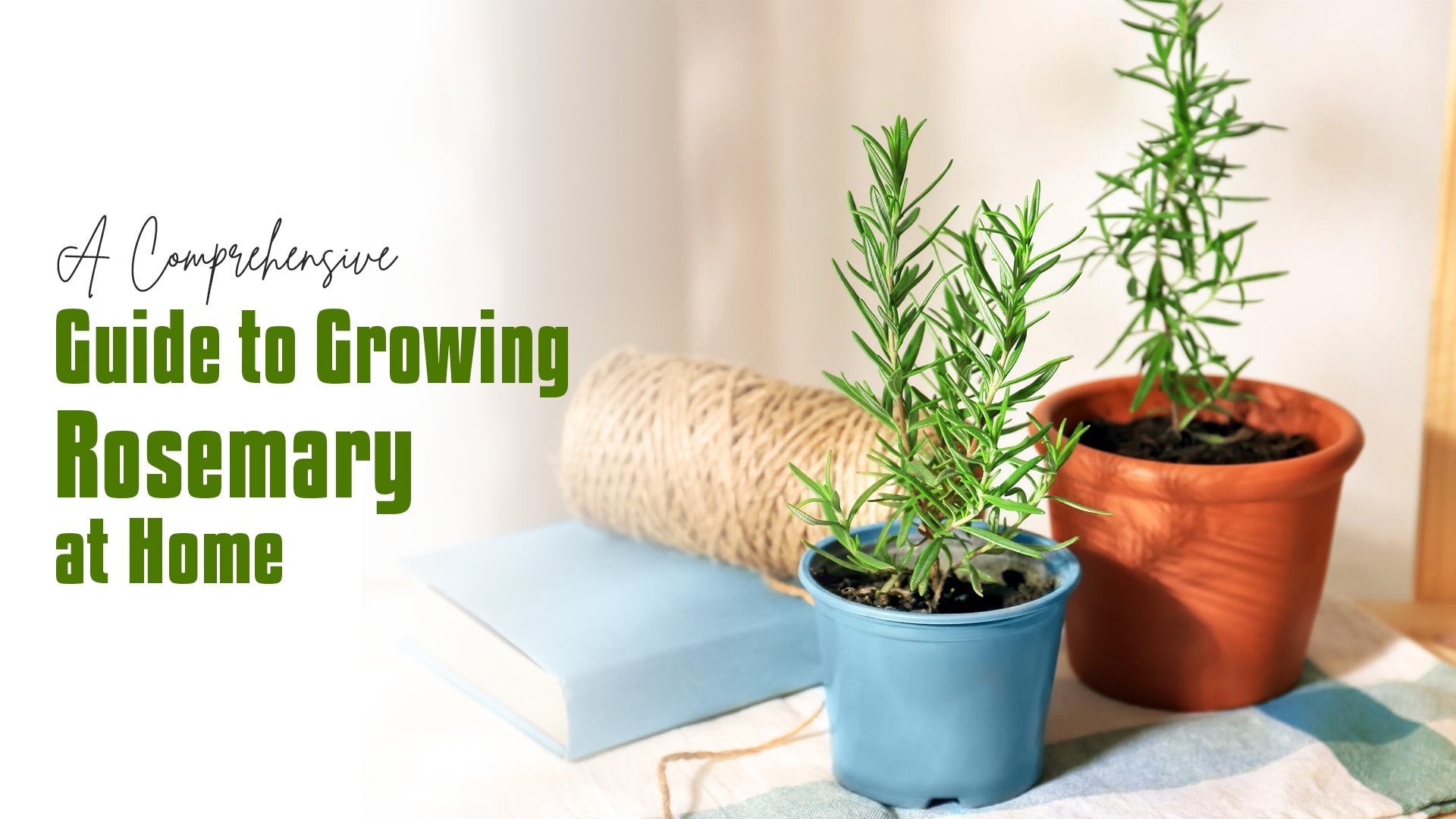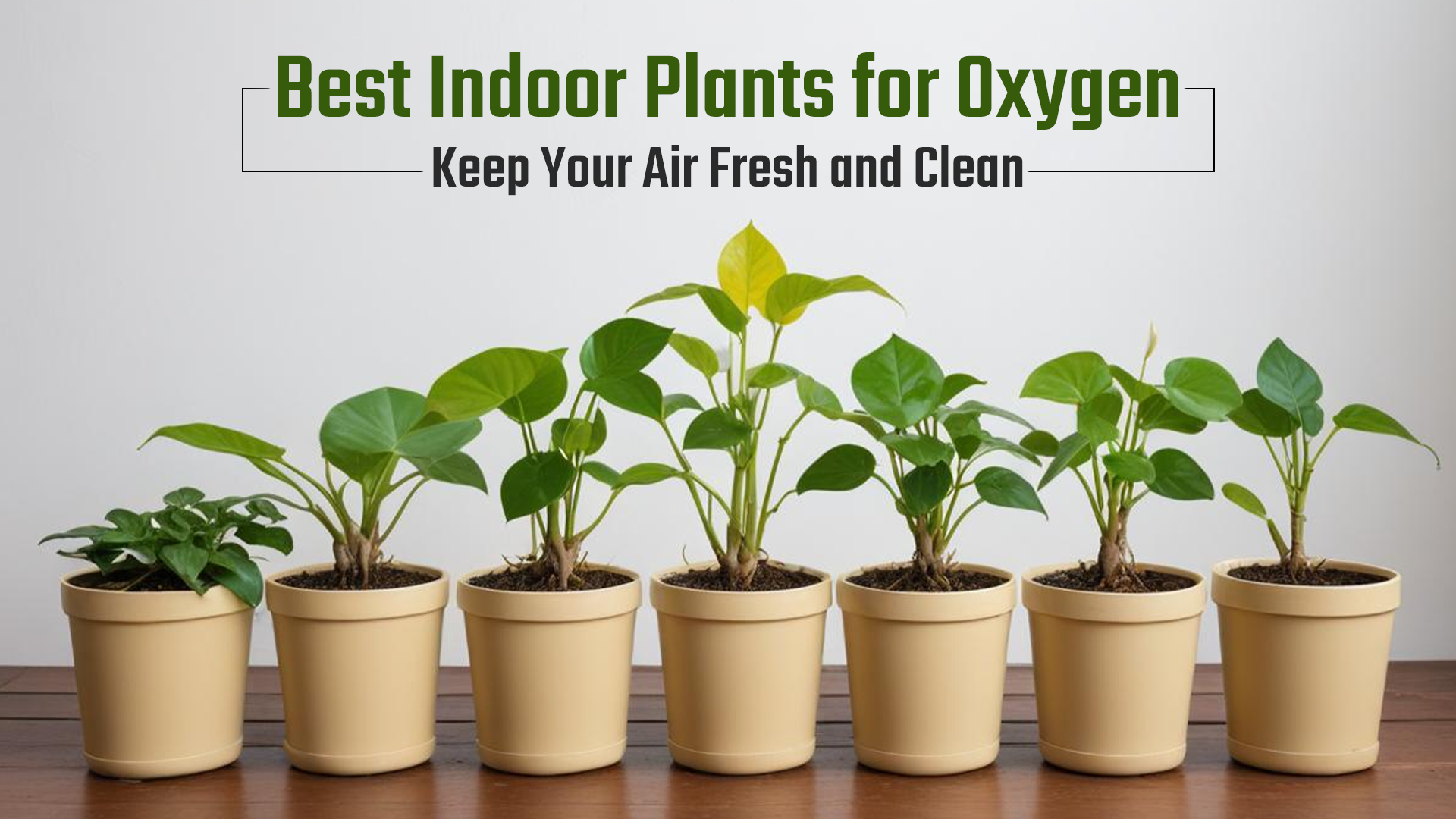
Choosing the Right Planter: Round vs. Square
Every gardening enthusiast would do well to invest in an appropriate planter whenever they are adding vegetation into their home or garden. One factor that is often overlooked is the shape of the planter that one chooses. One of the most popular choices remains to be round and square planters. It has its own set of design and functional characteristics.
It is not surprising that most round planters appeal to homeowners, as they naturally possess a soft, rounded appearance that comes with a certain calmness. They are also flexible in that they can fit into various design themes, starting from classic decor all the way to modern. Round planters are applied in accentuating certain parts of a room and even the sophisticated appearance of a garden.
As for square planters, these are voided of tired curves and have a boxy feel that makes them look very bourgeois. Great for modern design styles and minimalism, square planters can help achieve order and neatness in distinct spaces. Square planters can also be used for incorporating fairly contemporary but simple industrial decor in the house.
Both the round planters and the square planters have their own sets of benefits and shortcomings as well. Round planters are less cumbersome and thus offer more versatility. They can be kept in a corner, placed on a table, or even in the air hung from the pots. Square planters are more appropriate in bigger areas of a house and can help utilizing corners or walls for maximum capacity. They can also serve to gnomon in the patterns of the garden.
Concerning plant growth, round planters can encourage healthy root systems since they allow roots to spread outwards in all possible directions. Square planters can help in that vertical plants with a broader base can be planted into them.
While making a choice between a round planter and a square planter, it is absolutely essential to take into consideration the overall look of the area, the measure of the plants, and any other factors.
Aesthetic Considerations
Soft forms of round planters let the owner have comfort, order, and a sense of completeness. They blend well with any design style ranging from the conventional to the modern. Round planters can be appropriately used to draw attention in the middle of a room and even embellish a garden.
On the contrary, square planters provide a neat contemporary aesthetic that gives gravitas. Such planters are suitable for modern or minimalist designs and can be used to achieve a neat and orderly look. Square planters, in addition, can also be used to give a touch of industrial glam to the space.
Functional Considerations
Space Utilization
- Round planters are more flexible since they can be accommodated in smaller areas. They can be arranged primarily in corners, placed on furniture, or there are instances of suspended ones.
- Square planters need to be used on comparatively larger spaces while they can also be effectively placed in spaces – for instance, corners or sides. Such planters can also be used to form a structure or some configuration in landscapes.
Plant Growth
- In round planters, roots can also extend to the sides and downwards, and therefore root growth will be strong in all directions.
- Square planters have more decent width and depth, which may be an advantage to taller plant varieties, which require firm anchorage.
Choosing the Right Planter for Your Space
It is very critical to take note of the following considerations before selecting either a round or square planter:
- Room Size
The size of the room and the proportion of the type of planter to use must be looked into. A large round planter may overwhelm a small room; however, a small square planter may get obsolete in a bigger space.
- Design Style
The shapes of the planters should blend with the design of the room. If the room space has a traditional or bohemian feel, a round planter may be used. On the contrary, square planters are most ideal in places with a contemporary or minimalist feel.
- Plant Type
Understand the size and habits of growth of your plants. Some plants, like trailing vines have an easier time when planted on a round planter, while tall and upright plants may do well in a square planter.
- Personal Preferences
Deciding on pulpy planter or square planter comes down to one’s inclination. Would one like the smooth, fluid contour of the round planter, or would one prefer the angular, sharp features of the square planter?
Knowing these considerations will aid you in choosing a planter that beautifies and adds value to your house or garden.
Frequently Asked Questions
1.Are square or round planters better?
The best planter shape depends on your personal preferences, the size of your plants, and the overall aesthetic of your space. Both round planters and square planters have their own unique advantages and disadvantages.
2.What shape is best for planters?
Round planters are versatile and can fit into tight spaces more easily. They are also ideal for plants that have trailing or cascading growth habits.
Square planters are better suited for larger spaces and can be used to maximize space in corners or along walls. They are also good for taller plants that need stability.
3.How do you pick the right planter?
When choosing a planter, consider the following factors:
- Size: Make sure the planter is large enough to accommodate your plant's roots and allow for growth.
- Shape: Choose a shape that complements the overall aesthetic of your space and the growth habits of your plants.
- Material: Select a material that is durable and suitable for your climate.
- Drainage: Ensure the planter has drainage holes to prevent root rot.
4.What type of planters are best?
The best type of planter depends on your specific needs and preferences. Some popular options include:
- Ceramic planters: Elegant and durable but can be heavy.
- Plastic planters: Lightweight and affordable, but may not be as durable as other materials.
- Wooden planters: Natural and rustic but require regular maintenance.
- Metal planters: Modern and stylish, but can be expensive.
5.What is the most popular planter size?
The most popular planter size depends on the type of plants you are growing and the space you have available. However, 10-inch and 12-inch planters are generally considered to be the most versatile sizes.







